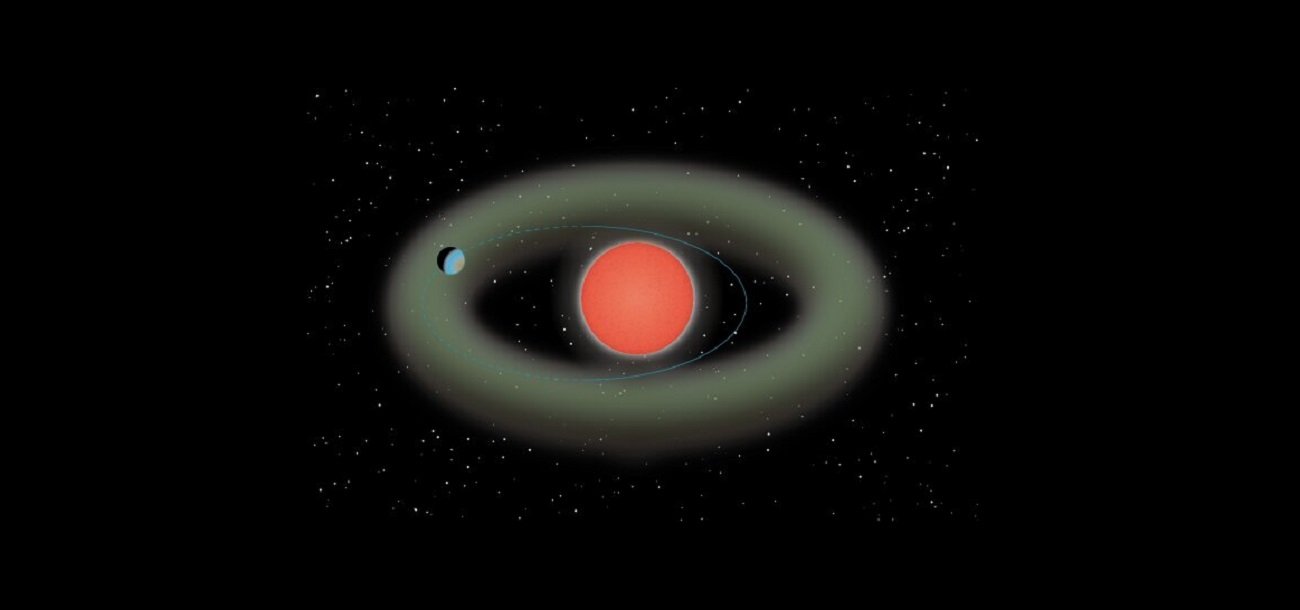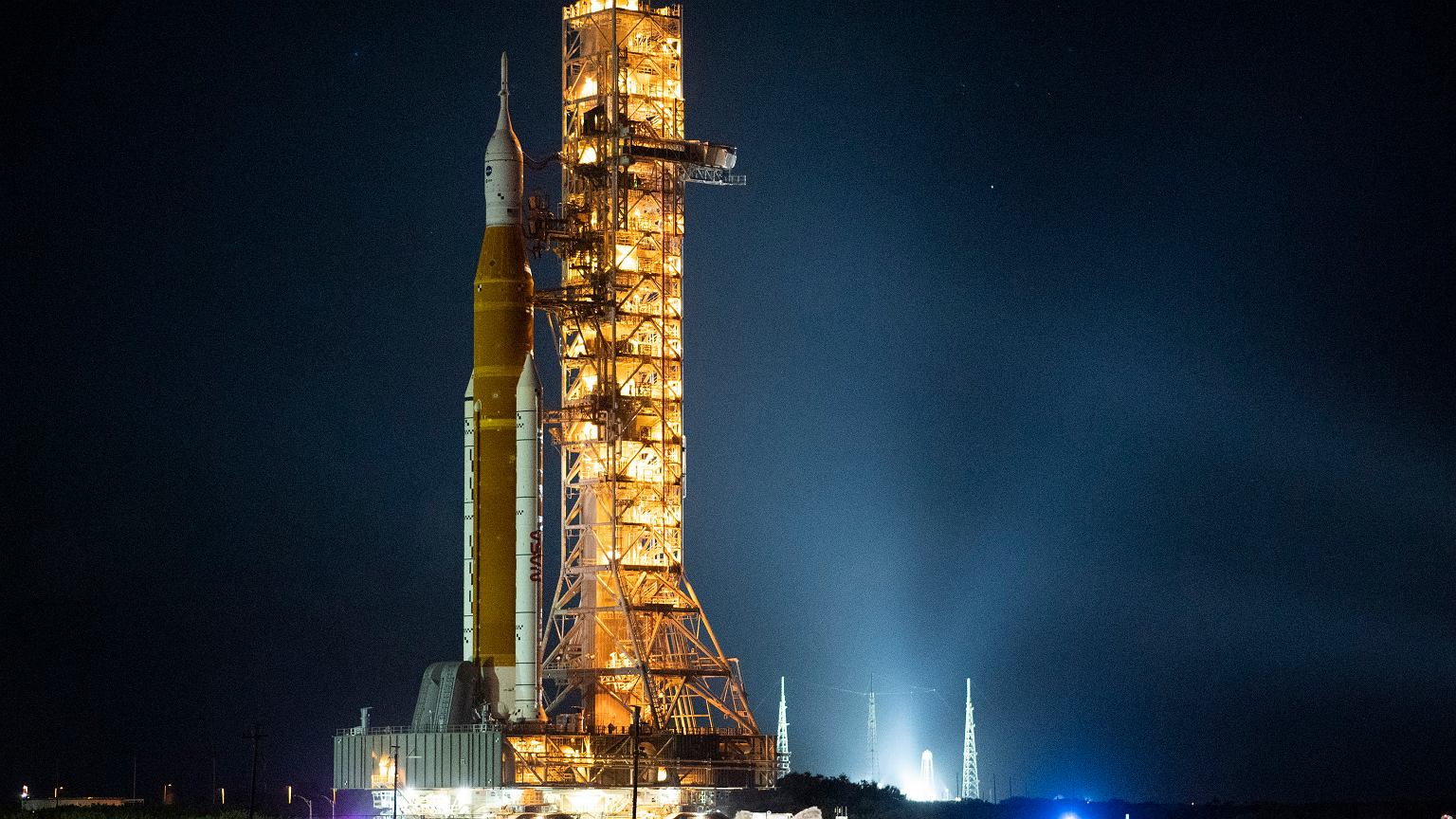The IRD infrared spectrometer installed on the Subaru telescope enabled the detection of the exoplanet Ross 508 b. This so-called giant Earth has a mass four times the mass of our planet and is about 37 light-years away.
The Subaru IRD Program (IRD-SSP) began in 2019, and for the first two years relied heavily on screening observations to find stable red dwarfs. These stars have high surface activity that can lead to velocity changes in the star’s line of sight, even as the planets orbit the star. This is why stable red dwarfs with low activity are a target for searching for Earth-like planets.
Read also: NASA discovers new exoplanets the size of Jupiter
Red dwarfs are also very common, because they make up about 3/4 of the stars in the Milky Way and are near the Solar System. Identification of the exoplanets around them, including detailed observations of their atmospheres and surfaces, would greatly facilitate understanding whether extraterrestrial life could develop under conditions very different from those on our planet.
Results on Ross 508b were recently published in Pages Publications of the Japanese Astronomical Society. Scientists describe how they tracked down an exoplanet orbiting Ross 508, which is one-fifth the mass of the Sun. It is the first exoplanet to be discovered as a result of systematic searches using infrared spectroscopy.
Ross 508b is about 37 light years from Earth
Thanks to this tool, red dwarfs become relatively bright. An example is the brightness of the Sun from 30 light-years away as 5 degrees in visible light and 3 degrees in infrared light. By comparison, the brightest late-type red dwarfs are very faint in visible light at 19 degrees, but relatively bright in infrared at 11 degrees.
The Infrared Spectrometer IRD installed on the Subaru telescope can detect slight fluctuations in the star’s velocity. In the case of Ross 508, he identified several signs of stellar activity that could give a false positive discovery of the planet and showed that the period of these signs clearly differs from the observed period of the planet. Ross 508b’s putative mass is about four times that of Earth, while the average distance from the host star is 0.05 the distance between our planet and the sun.
Read also: The star is racing like crazy. Astronomers estimated its speed
Astronomers say that the recently identified object is moving in an elliptical orbit, and thus may go beyond the so-called habitable zone, also known as the habitable zone, where water can remain in a liquid state. Thus, Ross 508 b will be an important research target to confirm whether planets orbiting red dwarfs can develop life. With IRD-SSP it will definitely become easier.

Echo Richards embodies a personality that is a delightful contradiction: a humble musicaholic who never brags about her expansive knowledge of both classic and contemporary tunes. Infuriatingly modest, one would never know from a mere conversation how deeply entrenched she is in the world of music. This passion seamlessly translates into her problem-solving skills, with Echo often drawing inspiration from melodies and rhythms. A voracious reader, she dives deep into literature, using stories to influence her own hardcore writing. Her spirited advocacy for alcohol isn’t about mere indulgence, but about celebrating life’s poignant moments.








